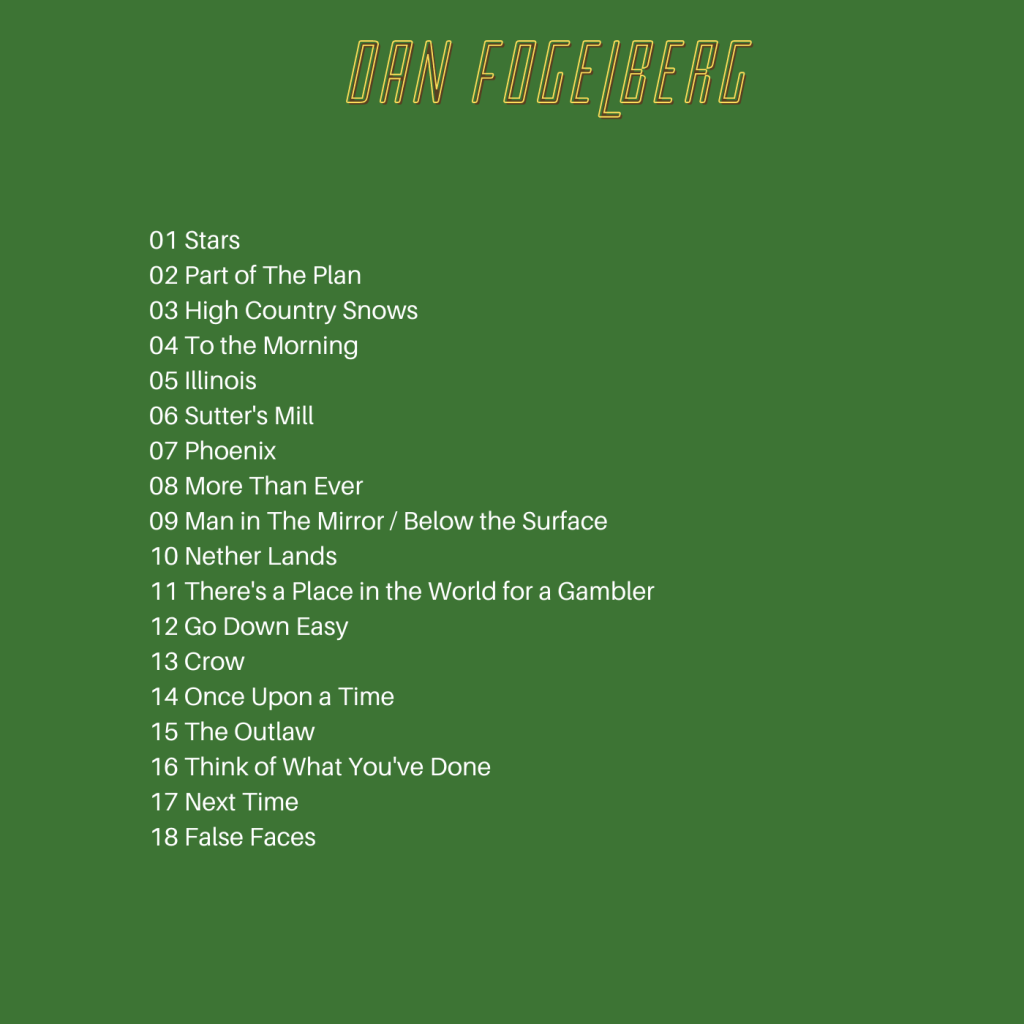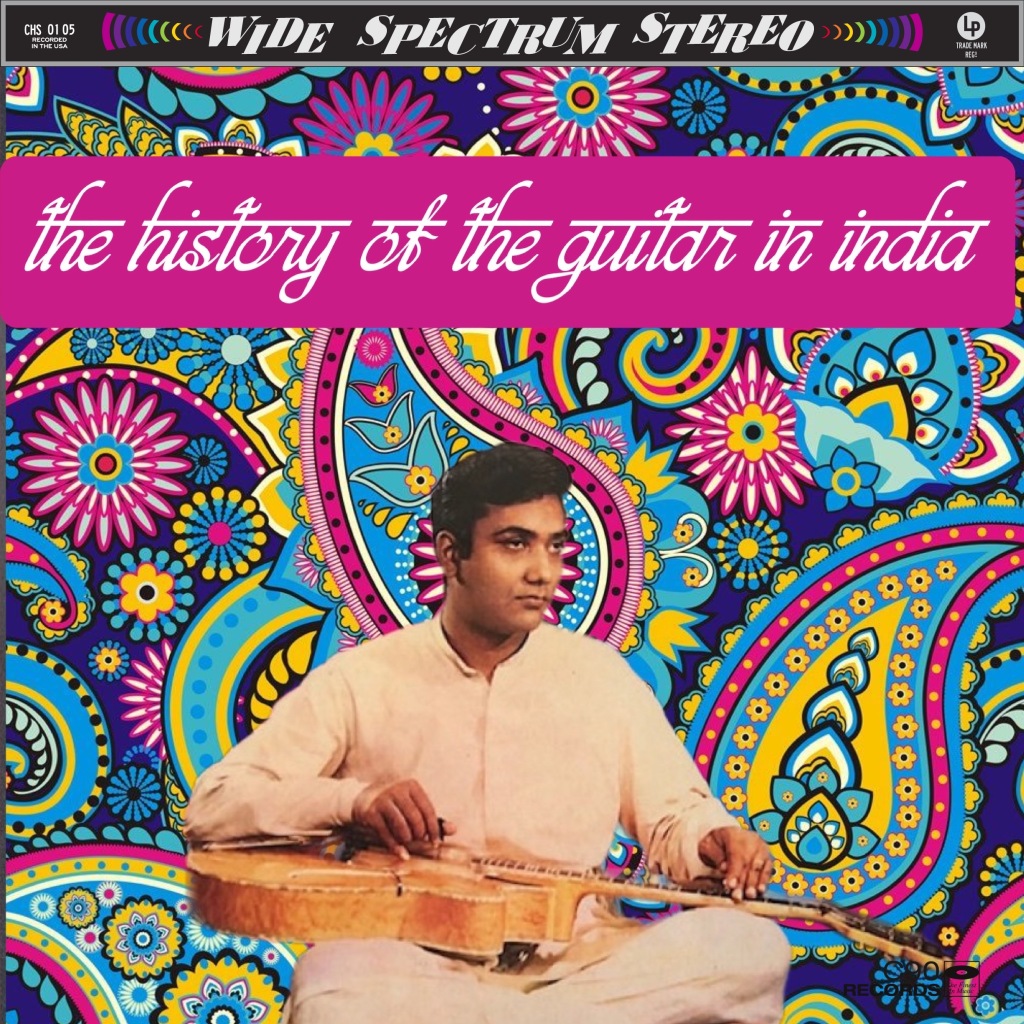



There is arguably no instrument more associated with ‘Western’ ‘rock’ music then the guitar. Jimmy Page. Pete Townsend. Jimi Hendrix, the great axe masters of the 60s and 70s. Bob Dylan strumming away in a dimly lit café or Richie Havens beating his acoustic into ecstasy on stage at Woodstock. All these are images of Western pop stars and guitars.
In the India that I grew up in, in the 60s and 70s, local hippies wore jeans and kept a cheap guitar close. When a film director wanted to signal the ‘cool’ (or decadent) West, hipness, modernity, something freaky or a clash of cultures, he made the leading man strap on an electric guitar, a billowy pair of bellbottoms and shake his hips like Elvis.
The guitar was not exactly rare but it wasn’t commonplace either, in those days. By the time I reached adulthood, I knew exactly zero Indian guitar players that I rated and if I had been asked, would have made some dumbass remark about silly cultural appropriation. In the past decade and half, since I began blogging and expanding my sound-horizons I have come to realise that the guitar has a glorious even illustrious, history in the Indian subcontinent. And a thrilling wide-open future. This mixtape is an introduction to that history.
The guitar was introduced into India via the Portuguese who set up their colonial crown jewel, Goa, on the west coast, in the 16th century. And it was via the Indians who lived in Goa and who received a Christian education and musical instruction, that a variety of instruments, especially the guitar, began to be heard in other parts of the subcontinent. As British control over India was consolidated and a small European community took up residence, a community of mixed Indian-European heritage emerged. Known as Eurasians, East Indians or more commonly, Anglo Indians, it was this community, along with the Goans, who were India’s real guitar missionaries.
During the 30s and 40s these two communities, joined by a mix of other ethnics from Europe, North America and Asia, created a vibrant outpost of jazz not just in Bombay and Calcutta but in smaller towns and cities all across India. When jazz died out these musicians moved into the film orchestras of Bombay. In the 60s and 70s, their sons and daughters were playing rock ‘n’ roll in clubs, hotels and restaurants from Karachi to Calcutta.
But before all this, sometime in the late 19th century, in Hawaii, an Indian castaway named Gabriel Davion (an Anglo-Indian-ish name) started getting attention for playing the guitar with a slide. A local Hawaiian named Joseph Kekuku learned the technique from Davion and in modern parlance, took it to the next level, perfecting the sound and creating the world’s first steel guitar. This ‘Hawaiian’ sound took the world, including India, by storm. In 1929, the internationally famous travelling Hawaiian guitarist, Tau Moe, arrived in India for the first time and unwittingly set in motion the creation of a whole new genre of popular guitar-based music.
According to scholar Martin Clayton, “in India…Hawaiian hit records and movies of the 1930s and 1940s enjoyed great popularity. Hawaiian touring groups began to visit India, and also, ‘a number of Indian musicians began to take up Hawaiian music. (All of these performers were Anglo-Indians, Anglo-Burmese, Goans and Indonesians rather than full-blooded Indians)’ (Kanahele 1979: 166). The best known of these musicians was Garney Nyss (1916–98), who formed his band the Aloha Boys in 1938 and continued to perform Hawaiian guitar for the next 60 years, recording with HMV India and broadcasting through All India Radio.20The sound of the Hawaiian guitar was to remain an important part of the Indian soundscape for several decades, as it became part of the film-music sound-palette21and was also employed in other popular genres, particularly in Bengal. Before long, moreover, the potential of the instrument as a vehicle for Hindustani (North Indian) classical music was recognised. Slide guitar is now widely accepted as a suitable instrument for classical music.” (Guitar Cultures, Andy Bennett and Kevin Dawe, 2001.)
In this mixtape we take a non-chronological trip through India’s unique guitar wonderland. You’ll hear sublime classical ragas (Brij Bhushan Kumar), ‘Calcutta slide’ guitar (Debashish Bhattacharya), pop instrumentals (The Mustangs; Aay Jays), film song covers (Kazi Anniruddha; Sunil Ganguly, Van Shipley), anonymous session men playing on Hindi film and English pop records, jazz (Prasanna; Amancio D’Silva), avant garde/experimental (Tashi Dorji), rock ‘n’ roll (Gary Boyle) and Hawaii-inspired fusion (V.M Bhatt & Ry Cooder). You’ll hear Anglo Indians (Van Shipley; Gary Boyle), Goans (Amancio D’Silva) South Indians (Prasanna; The Mustangs), Bengalis (Debashish Bhattacharya; Sunil Ganguly), Bhutanese (Tashi Dorji,) Pakistanis (The Aay Jays) and much more.
Rock on!


I am nearly finished reading the book, How America Went Haywire by Kurt Anderson. It’s a place he refers to as Fantasyland, for America’s unique talent for distilling myths and magic into the essence of the American Dream. Essential reading if you’ve ever wondered, “how the hell did Donald J. Trump, Marjorie Greene and Matt Gaetz ever get elected?”.
That America is some sort of real life theme park resonates with me, and inspired today’s mixtape. My first conscious memory of America was the summer of 1968. I was 11. My family flew into LAX from Calcutta for our five-yearly ‘furlough’ in the home country. As my uncle drove us into the suburbs, in the back of his amazingly elongated station wagon, I gawked open-mouthed and uncomprehending at the wide clean streets, the sparkly buildings with the California sun reflecting off their many windows, the variety of automobiles (in India we had 1 car model) and the absolute newness. I was used to cities and towns with histories (and some buildings) dating back hundreds if not a thousand years. America the Beautiful! I was in love.
We stopped at some place called McDonalds. I was blown away by the plastic straw!
That summer we went to Disneyland and spent a lot of time in ‘malls’ where they seemed to play upbeat, brassy music non stop. Wo! What world had I landed in? Our cousins were plentiful and tan. They had names like Cal. And Bonnie. Melody. Harmony. Nothing at all like the Biblical names me and my siblings were stuck with. We were welcomed into their sprawling shag carpeted homes in places called Pasadena and Alhambra, which with their split levels, pools and humungous garages seemed like millionaire-stuff. They did a good job of hiding their discomfort with us poorly dressed missionary hicks from…India. Of all places!
It was an entirely 5 star experience for me. Those few weeks are forever emblazoned in my memory and represent my idea of the ‘good old America’. This mixtape is the sort of music I imagine my cousins and uncles and aunts would listen to if they held a cocktail party by their swimming pool. A slightly naff but pretty groovy soundtrack of exotica, jazz-lite, Euro-trash and soul. God bless Fantasyland!